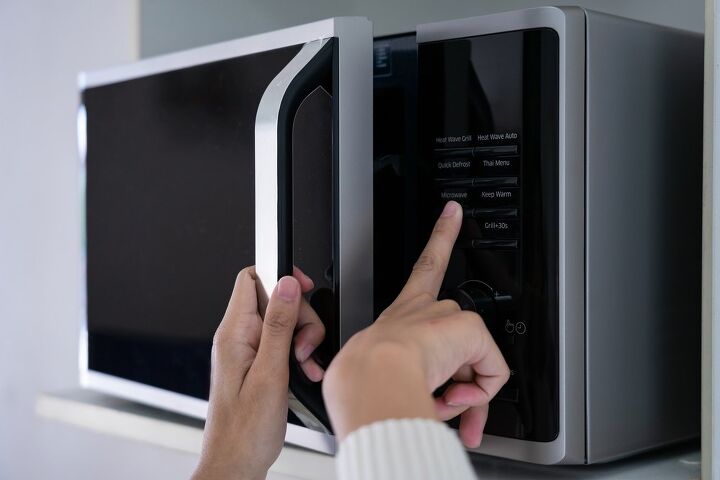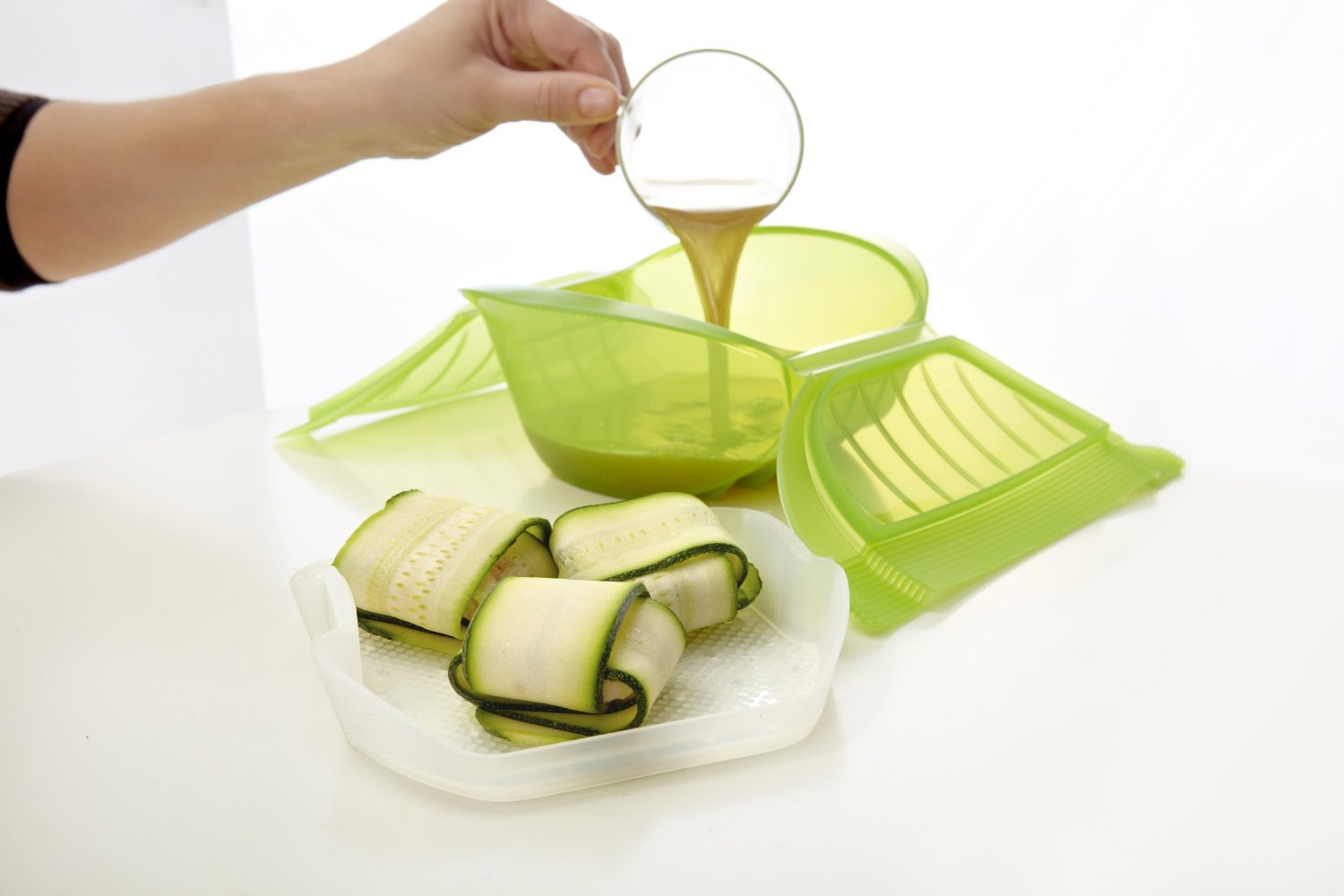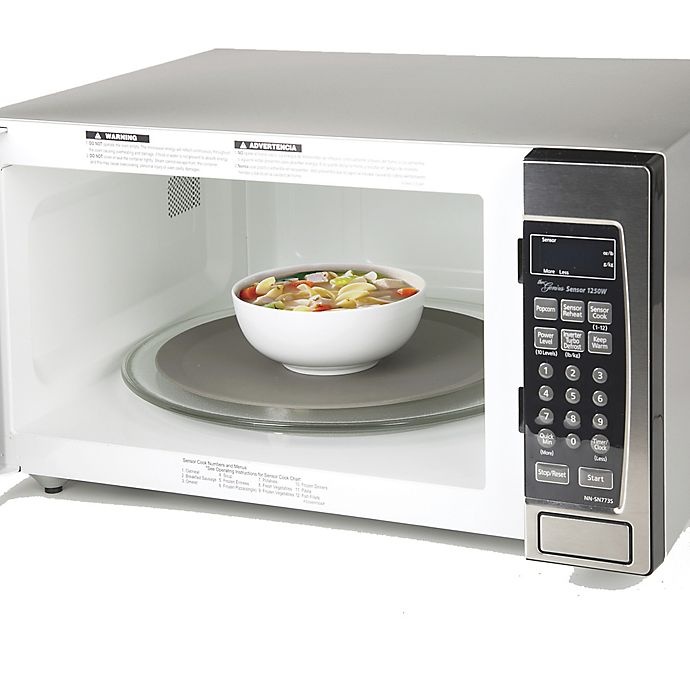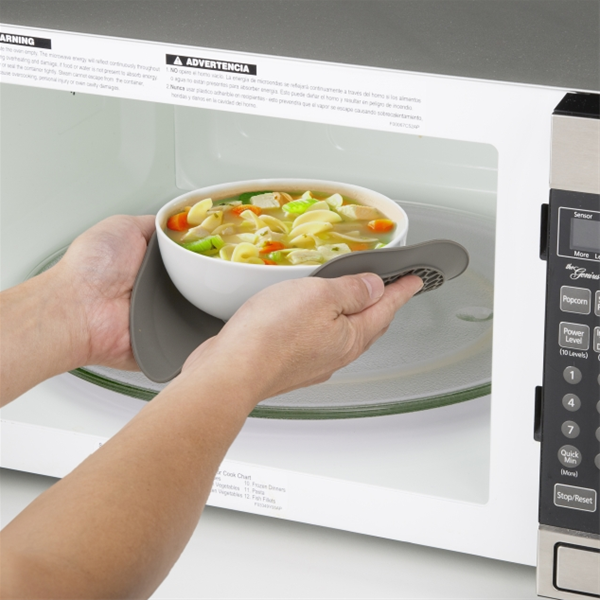Can You Microwave Silicone? Safety Guide)
Myth: Silicone Releases Harmful Chemicals in the Microwave: Another prevalent myth suggests that silicone can release toxic chemicals into the food when exposed to microwave radiation. However, microwave-safe silicone is non-reactive and does not leach harmful substances into your food, ensuring its safety. Myth: Silicone Heats Unevenly: Some.
Silicone baking molds use tips How to use? Siliconeuse
The letters "X," "Y," or "Z" are used to identify silicone goods. Silicone products with an "X" are not recommended for a microwave. Silicone items with a "Y" can be used in the microwave but require special precautions. Silicone items with a "Z" are safe for use in the microwave.

Progressive BPA Free Silicone Compact Microwave MultiMat, 9 ½ Inch Diameter
Yes, silicone is microwave safe. It is a durable material that won't melt or burn when used correctly in the microwave. However, precautions should still be taken to ensure safety. When buying silicone products for microwave use, it's important to choose ones that are labeled as microwave-safe.
Can You Microwave Silicone? Is It Safe? (Answered)
The answer is yes, but there are a few things to keep in mind. First, silicone shouldn't be exposed to direct heat, so it's best to put it in a dish or container before microwaving. Second, because silicone is a good conductor of heat, it can get very hot in the microwave.
How to Use Silicone Bakeware 14 Baking Tips and Tricks Baking Nook Dessert Recipes And
The silicone container can be placed onto a microwave-safe plate, which can then be used to both put and remove the silicone from the microwave as a workaround. This is not recommended since this might be counterproductive. Too Hot: You should exercise caution when removing silicone cookware and bakeware from the microwave. They will be hot.

2Pack 10.5" Silicone Collapsible Microwave Plate Cover, Food Splatter Colander, Blue Walmart
Yes, it is safe to microwave silicone. In many cases, you can microwave silicone products without harming your food or risking your safety in any way. However, before heating a silicone product, there are some cautions to keep in mind. This article will address some silicone properties that make it safe for use in microwaves.

Can You Put Silicone In The Microwave? (Find Out Now!) Upgraded Home
The official answer is yes, it is safe to microwave silicone because of its natural element. Silicone never produces any toxic or humidity that harms your food. But, you can use the silicone only 400° F to 450° F (about 204 to 232 degrees). On the other hand, you should not go up to 200 degrees because of its melting and producing the toxic.

Lekue Microwave Silicone Steamer Pot Best Food Steamer Brands
Progressive Protective Microwave Mat. $7.70. Amazon. Buy Now. Meet the protective microwave mat by Progressive. This gadget will help protect your appliance against food explosions and hard-to-clean soup spatters. It's essentially a round silicone mat that you can place atop your plates and bowls before microwaving them.
Nonstick Silicone Microwave Carousel Mat Round 12" Living In Beauty
Can silicon go in the microwave? If you've come across this article, it means that you, too, are wondering if a silicone microwave is safe? The answer to your question is yes. The silicone rubber in the Microwave performs perfectly. Silicone items can withstand high amounts of heat, making them quite remarkably suitable for microwaves.
Can you microwave silicone? Quiet Home Life
Plastics number 2, or High-Density Polyethylene (HDPE), and plastics number 5, Polypropylene (PP) are usually safe to put in the microwave. Plastic one, (Polyethylene Terephthalate), three.
Are Silicone Containers Microwave Safe? Storage Box Reviews
If you have stumbled upon this article, it means you may be wondering if it is safe to microwave silicone. The answer to that question is yes; you can, in fact, microwave silicone. It is safe to microwave silicone since it is heat resistant and does not contain harmful toxins, unlike most plastics. Silicone can even be placed in the oven or the.

Progressive Prep Solutions Silicone Microwave Mat 12 in Shipt
In modern kitchens, microwave ovens have become indispensable for their convenience and efficiency in heating and cooking food. However, when using certain materials in the microwave, people often question safety and suitability. One such material is silicone, which has gained popularity recently for its versatility and heat-resistant properties. Here, we will explore the topic "Can

Micro Easy Grab 12 in. Microwaveable Silicone Mat in SkyblueSKYBLUE12 The Home Depot
The answer is yes! Silicone is microwave safe and can withstand high temperatures without melting or releasing harmful chemicals. When using silicone in the microwave, it's important to follow a few guidelines. First, make sure the silicone product is labeled as microwave-safe.

Can You Microwave Silicone? Safety Guide)
Yes, silicone is microwave safe and can be used in it without any second thoughts. It is an amorphous material that is highly absorbent and solvent which does not respond to water. Some other properties of silicone are that it is tasteless, non-toxic, and chemically stable. Regarding temperature, it can withstand high temperatures of 400-450.
Can You Microwave Silicone? Is It Safe? Absolute Answer!
The answer is yes, but not all silicone products are safe for microwaving. In this section, we will provide quick safety tips and guidelines on using silicone in the microwave. Key Takeaways: Silicone can be used in the microwave, but microwave-safe silicone is necessary to prevent damage to the kitchenware and the microwave itself.

Progressive NoMess Silicone Microwave Mat
Generally speaking, the honest answer is YES. It's okay to microwave silicone. It won't damage the silicone tableware or leach toxic substances. BUT, there's always a but. There are a few strings attached to the "yes" answer. Firstly, the high temperature limit of silicone goes between 400° F to 450° F (about 204 to 232 degrees).